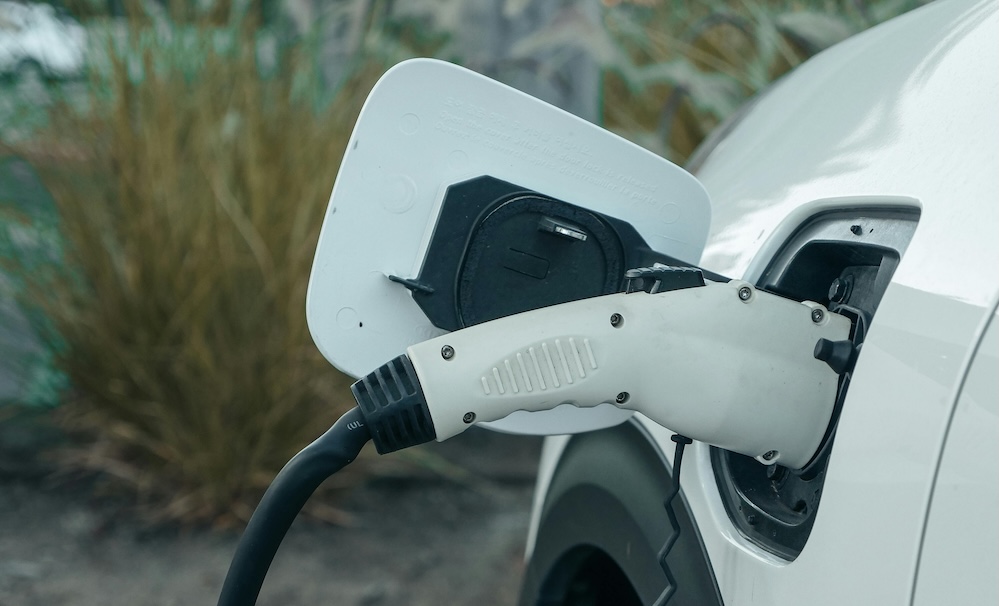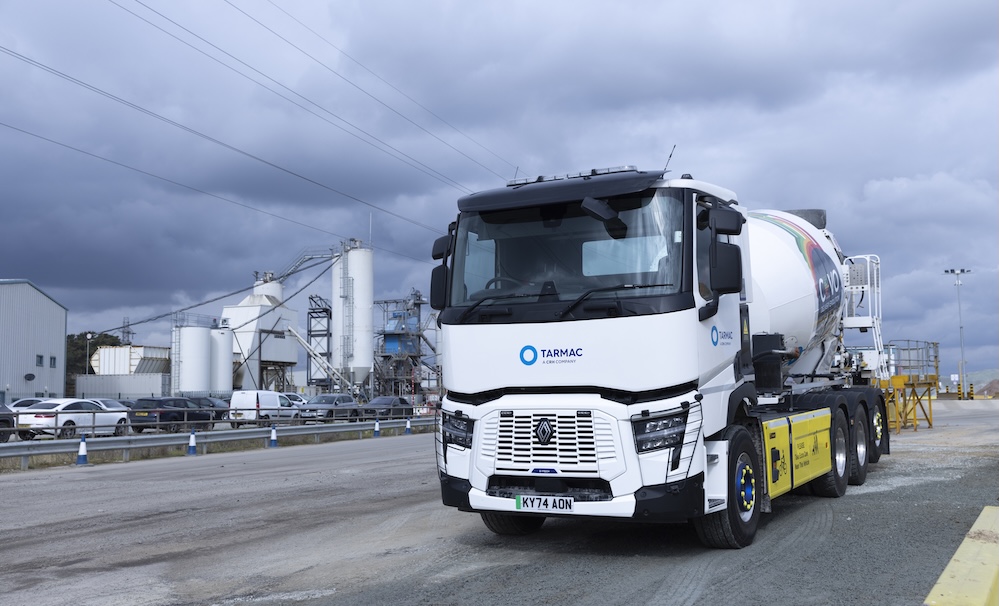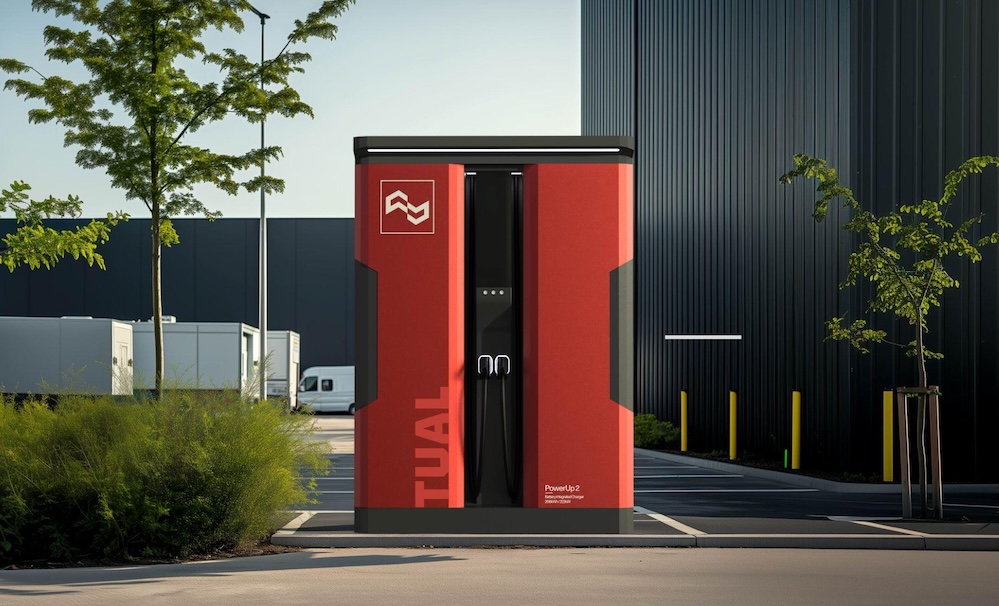The electric vehicle EV market is growing exponentially in the United Kingdom. While heavy goods vehicles are not part of the impending ban on petrol and diesel cars, many in the transportation sector are embracing the country’s all-electric future.
Fleet Electrification Is Surging in the UK
Multinational telecommunications provider BT Group is looking to electrify transportation as part of its plans to become net-zero by 2031. In January 2025, it committed to adopting 3,500 electric lorries and vans by 2027, bringing its total to 8,000. After this increase, EVs will make up nearly 30% of its total lineup, making it the largest electric fleet in the country.
Senior executives believe electrifying the fleet will support the country’s transition to renewables and decarbonisation. However, the decision also has a strategic business basis. As it expands its customer base, having sustainable, efficient vans will give it a competitive edge.
Electrification is surging in the UK amid the looming ban on petrol and diesel cars. In 2024, a record-setting 19.6% of vehicle sales in the UK were electric, establishing the country as a leader in the field. Heightened demand in the consumer market is driving change in the commercial and industrial sectors.
The Factors Driving EV Adoption in 2025
Various technical advancements have made EVs more accessible. For instance, while hybrid and all-electric lorries cannot use conventional hydraulic power assistance, efficient electric hydraulic systems now exist. They use power-on-demand technology for optimisation.
Proportional valves are ideal for applications requiring precision. They leverage efficient electronic controls to meticulously adjust the valve opening’s size. The automatic fluid flow adjustments fine-tune the cylinder’s speed and performance, enabling unparalleled control. Advanced components like these help EVs compete with ICE lorries performance-wise.
Batteries have also evolved in recent years. They are more energy-efficient than ever, thanks to increased capacities. Storing more power without drastically increasing the component’s size does not significantly affect mileage, enabling lorries to cover greater distances.
Still, the government’s plan to phase out petrol and diesel vehicle sales by 2030 is undoubtedly the most significant driver of EV adoption. By 2035, all new vans and cars must have zero tailpipe emissions. While this deadline does not apply to HGVs, it may only be a matter of time. Many industry professionals recognise early adoption is ideal.
Positives and Negatives of Electric Fleets
Managers considering going all-electric amid the surge in adoption should consider the pros and cons of electric fleets before committing.
Advantages of Fully Electric Fleets
EVs produce no tailpipe emissions and renewables can supplement charging stations, making them considerably more sustainable than their petrol-powered counterparts. While HGVs do not have to comply with the UK’s zero-emissions target, sustainability has become a selling point.
Affordability is another benefit. Electricity is typically more affordable than petrol or diesel. With dynamic pricing, charging at off-peak hours is even cheaper. Moreover, since these lorries have fewer moving parts, hydraulic leaks and physical wear are less likely. Thus, maintenance expenses are typically lower.
Thanks to recent leaps in energy efficiency, energy suppliers should have local capacity to increase a company’s supply. For vehicles that remain on-site overnight or sit at depots for long periods, seven-kilowatt or 22-kilowatt chargers are adequate. Implementation is relatively affordable, so installing as many charging points as there are vehicles should be financially feasible.
Potential Downsides of Fully Electric Fleets
Upfront, EVs are expensive. Their median recommended retail price was about 25% higher than their petrol equivalent in December 2024. While they have become more affordable — they were 73% more expensive in January 2020 — the investment is still significant. Also, managers must consider the cost of investing in charging infrastructure.
Limited range is another drawback. A study commissioned by the Department for Energy Security and Net Zero revealed 53.7% of fleets with EVs drive 100 to 300 miles weekly. Around 34% said those trips were within 15 to 30 miles from the base station. Due to the mileage some firms cover, becoming fully electric may not be feasible.
Becoming Sustainable Before Electrifying
Many companies seek to electrify. In the first quarter of 2024, a leading automotive services and technology provider surveyed 502 fleet owners. It found 87% of respondents expect to adopt EVs by 2030. However, 61% of decision-makers admitted their implementation preparedness was low or moderate. Only 39% described themselves as highly prepared.
Management should prepare their fleets before fully electrifying. Increasing sustainability by adapting routes and adding base stations is an ideal approach that lets people test and refine changes before fully committing. They should develop a case for adoption, review feasibility, assess potential risks and stagger implementation.
The Future of Commercial Fleets Is Electric
With the UK rapidly rising to become a leading EV adopter worldwide, the future of all-electric fleets is all but certain. While electric vans and lorries are not perfect, they outperform their ICE counterparts in many respects. Soon, they may be the only vehicles on the road.








